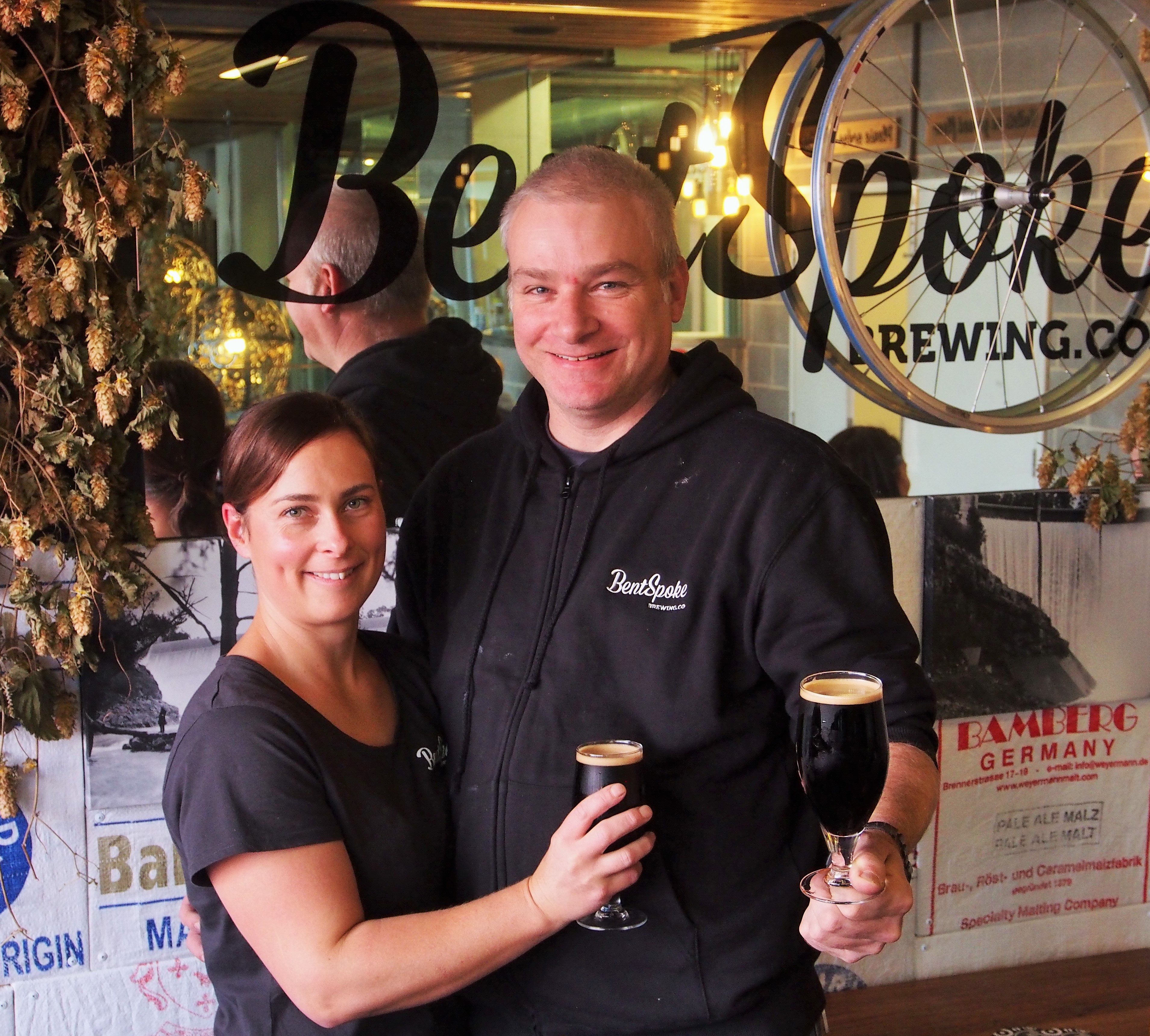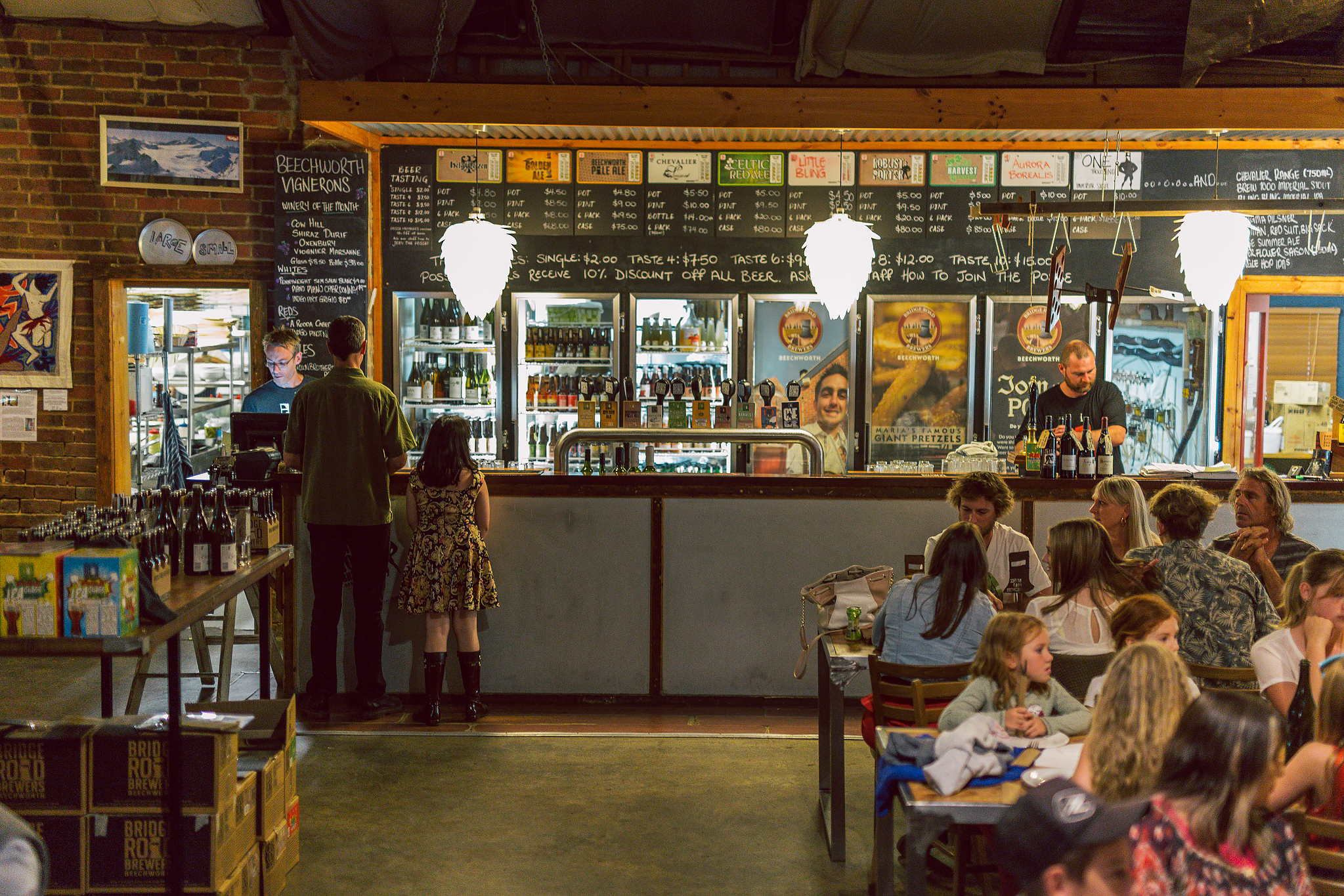
Analysis: Dude, where's my brewpub?
How many genuine brewpubs can you think of in Australia? That is, breweries that produce beer primarily for sale on site at their own bar and restaurant. I’ll wager it’s just a handful of our circa 350 breweries. Even as this number continues to grow, most new entrants are wholesalers first and foremost. If they do have a cellar door or taproom, it soaks up only a small proportion of overall volume.
Yet close to 40 per cent of America’s 4,269 breweries are defined as brewpubs. It’s a model with an impressive pedigree in that market, thanks to the attractive margins on offer for brewers selling their beer direct to customers on-site. In a recent column, Brewers Association chief economist Bart Watson says just 46 per cent of the 2,482 brewpubs that have opened in the US over the past 35 years have since closed. That may not sound like a success rate to crow about, but it compares with a 60 per cent closure rate for traditional restaurants.
In contrast, it is notoriously difficult for start-up breweries that sell wholesale to get their production efficiencies to a viable level. You need at least a 30-hectolitre brewhouse running optimally to hit the sweet spot as a wholesaler, according to Bentspoke Brewery co-founder Richard Watkins. “You don’t make a lot of money out of selling wholesale, so I’m of the opinion that you need to have a brewpub to keep your retail dollar,” he says.
But having spoken to various brewers in the Australian industry, it seems there is a variety of reasons that may help to explain why brewpubs remain a fringe affair:
1. What’s a brewpub?
A brewpub is still a very foreign concept in Australia, particularly for authorities overseeing the already rigorous regulatory approval process. “They just hear the word ‘pub’ and there’s all these negative connotations that that word has… The binge drinking that it was associated with,” says Bad Shepherd Brewery’s Dereck Hales. “And they get really confused because they can’t quite comprehend how an industrial place could also be a restaurant. They just don’t get it. It’s very simple in its concept but to a government body, the problem is they need things to go into clean little boxes. Every business use applies to a certain zoning permission and they get really confused when you merge the two.”
2. Capital intensive
This red tape brings with it inevitable delays and with that, added risk. Hales says you could be paying rent and other outgoings for up to 12 months only to find out your planning permit has been declined. “That’s the risk we took,” he says. A typical brewpub will involve set-up costs in excess of $1 million, Hales estimates, several times more expensive than that of a basic production brewery. “How hard is it to go and run a couple of gypsy brews, prove your case, find two or three friends and raise three or four hundred grand, maybe less, and get a few tanks and lease a really shitty old place and start making beer? You can pull it off, right?”
3. No wholesale restrictions
The question should be, ‘why there are so many brewpubs in the US?’, rather than why they are lacking in Australia, according to Bridge Road’s Ben Kraus. “I think that’s quickly answered by their three tier distribution [system]. Things are slowly changing now, but traditionally in the States, you can’t just sell to the pub next door, you have to pick up a distributor,” he says. In contrast, Australian brewers don’t need a middle man to sell their wares to bars and bottleshops, so a brewpub isn’t a matter of necessity.
4. Labour costs
A much higher minimum wage in Australia is also likely to deter brewpub hopefuls, Bad Shepherd’s Hales suggests. “Instead of paying somebody $8 or $10 an hour you might be paying them $23 an hour. Your price per client isn’t $4, it’s $9, so I think one offsets the other. But the problem is, when you’re paying somebody $23 an hour and nobody comes in the door, it’s quite painful.”
5. Property availability
There are fewer properties available in Australia that are suited to both hospitality and manufacturing, according to Stomping Ground Brewery’s Guy Greenstone. “In manufacturing, you generally want to go out to an industrial area and do it as cheaply as possible, whereas hospitality is quite the opposite. You want to be on a high street, somewhere there’s good foot traffic, close to public transport, close to other amenities and hubs. There’s only really a few spots around Melbourne or Sydney that actually lend themselves to both,” he says. Greenstone points out that the US has many more cities that are appropriate for the brewpub model. “They’ve got populations of maybe one million to two million people. And in those cities — San Diego’s a great example, Portland’s another great example — the natural property costs relatively aren’t quite as high. And so that lends itself more to it.”
Coming up on July 20 and 21, theAustralian Craft Brewers Conference (ACBC 2016) includes two seminars related to this area: A Brewpub Brewer’s Strategy for Growth, and Brewpub Economics.
Keep watching Australian Brews News for a follow-up piece profiling some of the country’s newest brewpubs.






